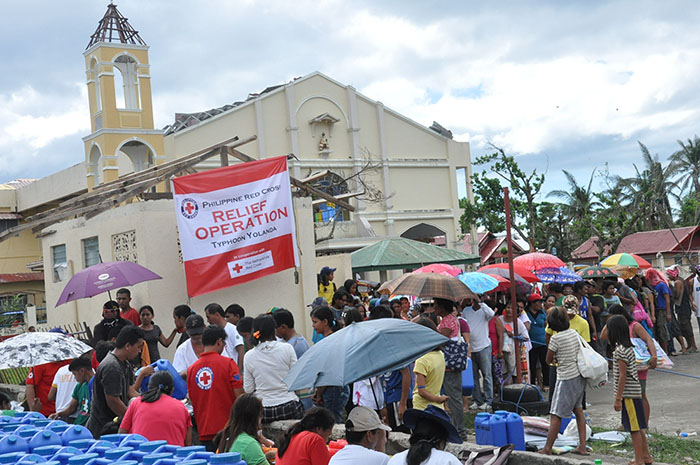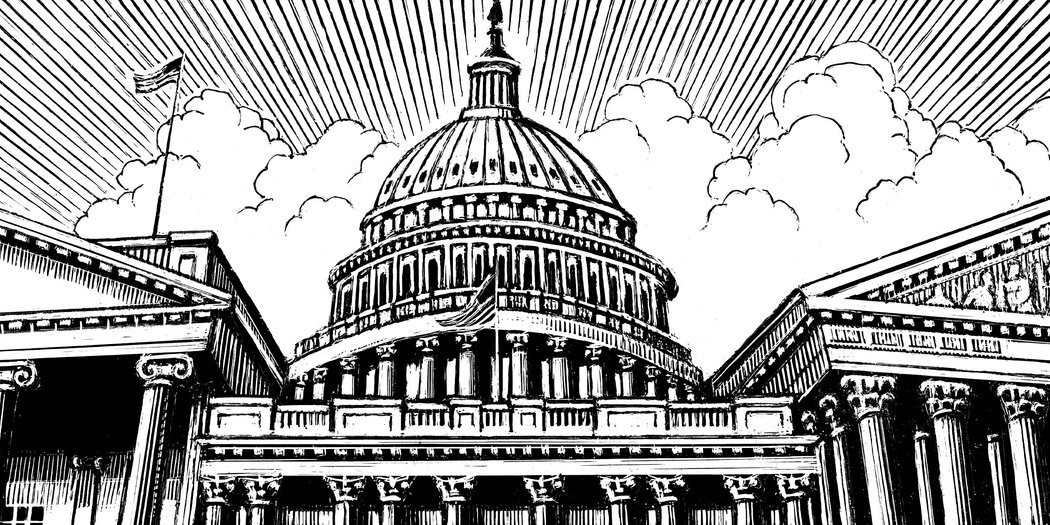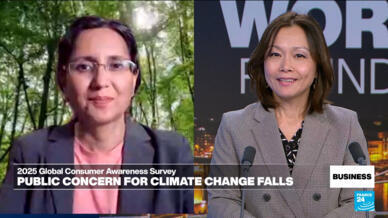Philippines: Committed to serve humanity – International Committee of the Red Cross (ICRC)

Humanitarian Operations and Sustainable Development Goals Report: First Half 2025
Post-Conflict Challenges and their Impact on Sustainable Development Goals (SDGs)
The cessation of active fighting has not concluded the humanitarian impact of conflict. Several ongoing challenges continue to impede progress towards the Sustainable Development Goals (SDGs) for affected communities.
- Displacement and Basic Services: Displaced populations remain in temporary facilities, facing limited access to essential services. This situation directly undermines SDG 3 (Good Health and Well-being), SDG 6 (Clean Water and Sanitation), and SDG 11 (Sustainable Cities and Communities).
- Livelihood and Economic Stability: Widespread struggles with livelihood opportunities hinder economic recovery and self-sufficiency, creating significant barriers to achieving SDG 1 (No Poverty) and SDG 8 (Decent Work and Economic Growth).
- Missing Persons and Justice: Many families continue to search for missing loved ones, a profound challenge that obstructs the “justice” and “strong institutions” components of SDG 16 (Peace, Justice and Strong Institutions).
- Climate Vulnerability: The impact of severe weather events adds a critical layer of vulnerability to communities already affected by conflict, demonstrating the interconnectedness of humanitarian crises and SDG 13 (Climate Action).
ICRC Mandate and Strategic Alignment with the SDGs
The International Committee of the Red Cross (ICRC), a neutral, impartial, and independent humanitarian organization, has been working since World War II to address the consequences of armed conflict. The organization’s efforts are strategically aligned with achieving long-term sustainable solutions.
- Upholding International Humanitarian Law (IHL): As the guardian of IHL, the ICRC’s primary role is to remind all parties to the conflict of their obligations. Adherence to IHL is a foundational step for building a sustainable peace, directly contributing to the core principles of SDG 16 (Peace, Justice and Strong Institutions).
- Protection and Assistance Operations: The ICRC provides protection and assistance to conflict-affected populations, particularly in geographically isolated areas. This work addresses inequalities as outlined in SDG 10 (Reduced Inequalities) while delivering aid that supports progress on SDGs 1, 3, and 6.
- Partnerships for Lasting Solutions: In collaboration with its operational partner, the Philippine Red Cross (PRC), the ICRC seeks lasting solutions to humanitarian problems. This approach exemplifies SDG 17 (Partnerships for the Goals), leveraging joint efforts to enhance the effectiveness and sustainability of humanitarian action.
Relevant Sustainable Development Goals (SDGs)
-
SDG 1: No Poverty
The article highlights the vulnerability of conflict-affected communities, mentioning that “displaced people remain in temporary facilities” and “struggle with livelihood opportunities.” These conditions are directly linked to poverty and economic instability, which SDG 1 aims to eradicate.
-
SDG 8: Decent Work and Economic Growth
The statement that people “struggle with livelihood opportunities” points directly to the challenges in securing decent work and achieving economic stability in post-conflict zones, a core focus of SDG 8.
-
SDG 11: Sustainable Cities and Communities
The article’s mention of “displaced people remain in temporary facilities with limited basic services” relates to SDG 11, which aims to ensure access to adequate, safe, and affordable housing and basic services for all.
-
SDG 13: Climate Action
The text explicitly states that “Severe weather events add another burden to communities already affected by conflict.” This connects the humanitarian crisis to the impacts of climate change, which SDG 13 seeks to address by strengthening resilience and adaptive capacity.
-
SDG 16: Peace, Justice and Strong Institutions
This is the most prominent SDG in the article. The entire text revolves around the “humanitarian impacts of conflicts.” The ICRC’s role as the “guardian of international humanitarian law (IHL)” and its efforts to “protect and assist” victims, find “missing loved ones,” and remind parties to the conflict of their obligations directly support the goal of promoting peaceful and inclusive societies and providing access to justice.
Specific SDG Targets
-
Target 1.5
“By 2030, build the resilience of the poor and those in vulnerable situations and reduce their exposure and vulnerability to climate-related extreme events and other economic, social and environmental shocks and disasters.” The article connects directly to this target by describing how “Severe weather events add another burden to communities already affected by conflict,” highlighting the compounded vulnerability of these populations.
-
Target 8.5
“By 2030, achieve full and productive employment and decent work for all women and men…” This target is relevant because the article notes that affected people “struggle with livelihood opportunities,” indicating a lack of decent work and economic inclusion in post-conflict recovery.
-
Target 11.1
“By 2030, ensure access for all to adequate, safe and affordable housing and basic services…” The description of “displaced people remain in temporary facilities with limited basic services” directly reflects the challenges addressed by this target.
-
Target 13.1
“Strengthen resilience and adaptive capacity to climate-related hazards and natural disasters in all countries.” The article’s mention of “severe weather events” burdening conflict-affected communities underscores the need for increased resilience, as called for in this target.
-
Target 16.1
“Significantly reduce all forms of violence and related death rates everywhere.” The ICRC’s work to “protect and assist those who have been affected by armed conflicts” and address the aftermath, such as families “looking for their missing loved ones,” is a direct effort to mitigate the consequences of violence targeted by this goal.
-
Target 16.3
“Promote the rule of law at the national and international levels and ensure equal access to justice for all.” This is explicitly addressed through the ICRC’s role as the “guardian of international humanitarian law (IHL)” and its work in reminding “all parties to the conflict to respect IHL.”
Implied Indicators for Measurement
While the article does not mention specific quantitative indicators, it implies several metrics that could be used to measure progress towards the identified targets:
- Number of missing persons accounted for: This would measure progress in addressing the “missing loved ones” issue, relating to Target 16.1.
- Number of internally displaced persons (IDPs) living in temporary facilities: A reduction in this number would indicate progress towards Target 11.1.
- Percentage of the affected population with access to basic services: This measures the “limited basic services” problem and relates to Target 11.1.
- Employment rate among conflict-affected populations: This would track progress on addressing the “struggle with livelihood opportunities,” relevant to Target 8.5.
- Number of reported violations of International Humanitarian Law (IHL): This would serve as a direct indicator for the effectiveness of efforts to promote the rule of law under Target 16.3.
Summary of SDGs, Targets, and Indicators
| SDGs | Targets | Indicators (Implied from Article) |
|---|---|---|
| SDG 1: No Poverty | 1.5: Build the resilience of the poor and reduce their vulnerability to climate-related extreme events and other shocks. | Number of people in conflict-affected communities provided with support to cope with severe weather events. |
| SDG 8: Decent Work and Economic Growth | 8.5: Achieve full and productive employment and decent work for all. | Employment rate among conflict-affected populations; number of people with stable livelihood opportunities. |
| SDG 11: Sustainable Cities and Communities | 11.1: Ensure access for all to adequate, safe and affordable housing and basic services. | Number of displaced people in temporary facilities; percentage of affected population with access to basic services. |
| SDG 13: Climate Action | 13.1: Strengthen resilience and adaptive capacity to climate-related hazards and natural disasters. | Incidence of severe weather events impacting conflict-affected communities. |
| SDG 16: Peace, Justice and Strong Institutions | 16.1: Significantly reduce all forms of violence and related death rates. 16.3: Promote the rule of law and ensure equal access to justice. |
Number of missing persons accounted for; number of reported IHL violations. |
Source: icrc.org

What is Your Reaction?
 Like
0
Like
0
 Dislike
0
Dislike
0
 Love
0
Love
0
 Funny
0
Funny
0
 Angry
0
Angry
0
 Sad
0
Sad
0
 Wow
0
Wow
0



























;Resize=805#)


















































